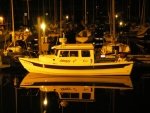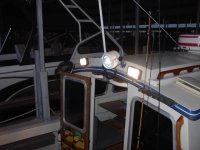ksidener
New member
- Joined
- Jun 14, 2006
- Messages
- 23
- Reaction score
- 0
- C Dory Year
- 1999
- C Dory Model
- 22 Cruiser
- Hull Identification Number
- DOR22821K899
- Vessel Name
- C-Side
C-WEED":3kvir3v8 said:Luna C, I found it in the isle with all the lights but it was hidden on the very top shelf. It was called a work light. The only one they had and I haven't seen one since. I haven't seen one like it in any auto parts stores but I am sure there are some around somewhere.
C-WEED, have you found any other sources for these units? The original thread is 2005 and I've checked my local Walmart and their web site and haven't found anything like it.
Any input most appreciated.
Thanks,
Kelly
C-Side



